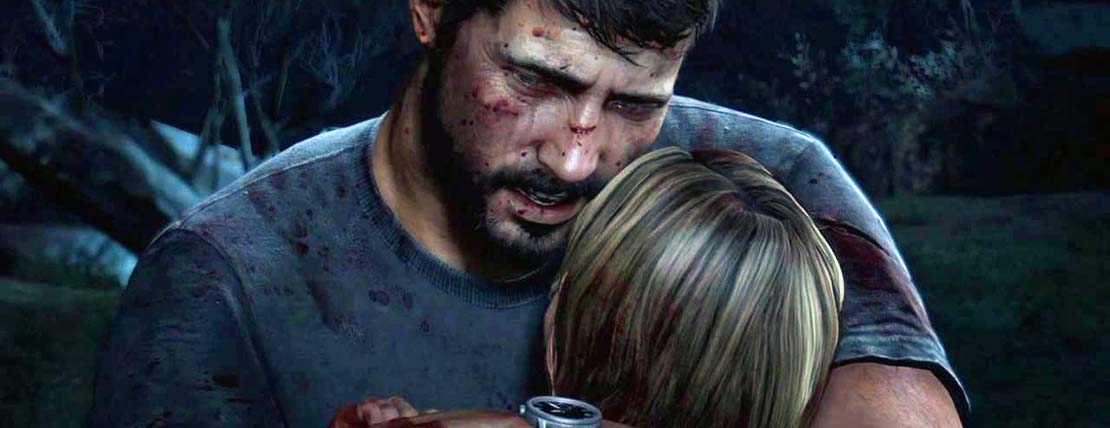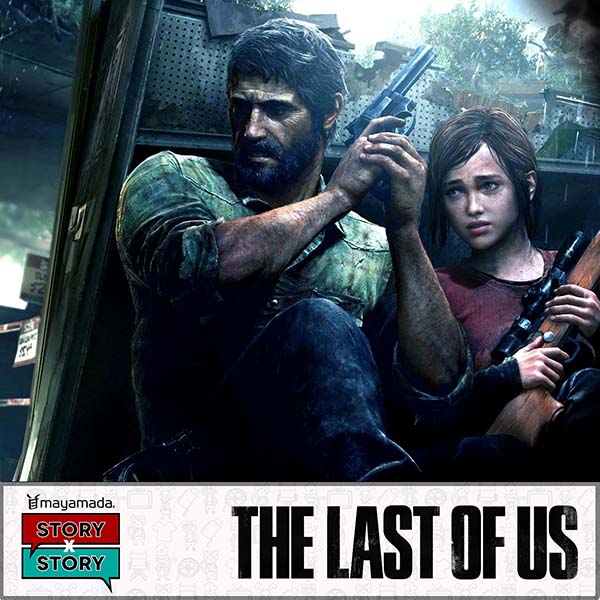Story x Story Tip: Playing Through Your Protagonist’s Ghost (The Last of Us)
For episode 28 of Story x Story, we invited video game presenter and narrative-based games champion Mr Midas on the show for a deep dive into the Naughty Dog masterpiece The Last of Us.
Before we go any further, let me say that this storytelling advice is all on the first game. For those who have not played The Last of Us Part II, you can rest assured that now spoilers from that game will be mentioned here.
Now back to the tip…
Playing Through the Ghost
We had a great time discussing all aspects of the game, especially that incredible ending (which we’ll get to in a moment). When it came to the storytelling tip, there was no better place to look at than the very beginning of the game. The prologue sequence that did such a great job of showcasing Joel’s ghost.
When developing your story, your protagonist will have a history. The backstory you develop for them is everything relevant that they have been through before the story starts. The protagonist’s ghost is part of their backstory, but more specific.
Screenwriter John Truby describes the ghost as the “open wound that is often the source of the hero’s psychological and moral weakness”
The ghost will influence your protagonist’s behaviour throughout the story, whether it is explicitly laid out or not. It may be revealed by the protagonist, by another character, shown through flashback or narration…there are many ways to do this.
What I love about the gameplay sequence that reveals Joel’s ghost in The Last of Us is how it successfully sets the tone of the game and impacts the story even in its very last moments. And it does this with the unique feature that video games have as a storytelling medium: agency.
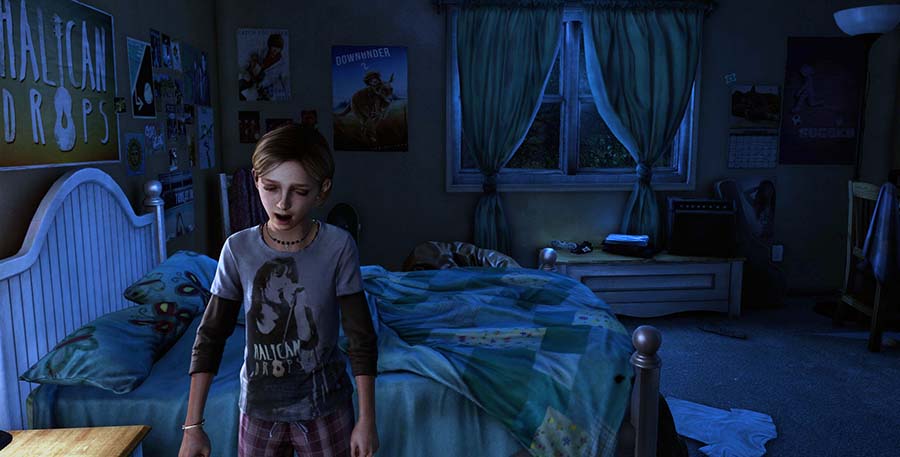
You begin the game playing as Joel’s daughter Sarah, who wakes up on the day the cordyceps fungus hits critical mass, known as Outbreak Day.
This sequence does a good job of getting you comfortable with the game’s control as it sets the tone for the story. Playing as a character unaware of the turmoil that is currently unfolding reinforces that feeling of fear and uncertainty that is present in much of the game.
But it is the end of this segment that really sticks the landing when it comes to the protagonist’s ghost.
After a failed attempt to get away by car, you take control of Joel. With infected all around, you pick up a frightened Sarah and carry her as you continue to make your way to safety.
As they approach a clearing with infected closing on them, a soldier arrives apparently just in time to save them when he shoots the pursing infected. But the situation quickly takes a turn for the absolute worst. Take a look…
It’s a harrowing scene and establishes Joel’s ghost in such an emotionally compelling manner that will stick with you until the very end of the story.
The Ghost’s Impact in The Last of Us
Your protagonist’s ghost sets the context for everything they do over the course of the story, whether they know it or not. It’s a major part of your story and in The Last of Us, we see first hand why it is so important.
When Joel eventually meets Ellie, he is tasked with getting her to a militia group called the Fireflies. Joel is resistant to the idea of having to accompany her anywhere. Even when Ellie’s immunity is revealed and it’s understood she may be able to contribute to a cure for cordyceps fungus, Joel remains hesitant to open up to her on their journey.
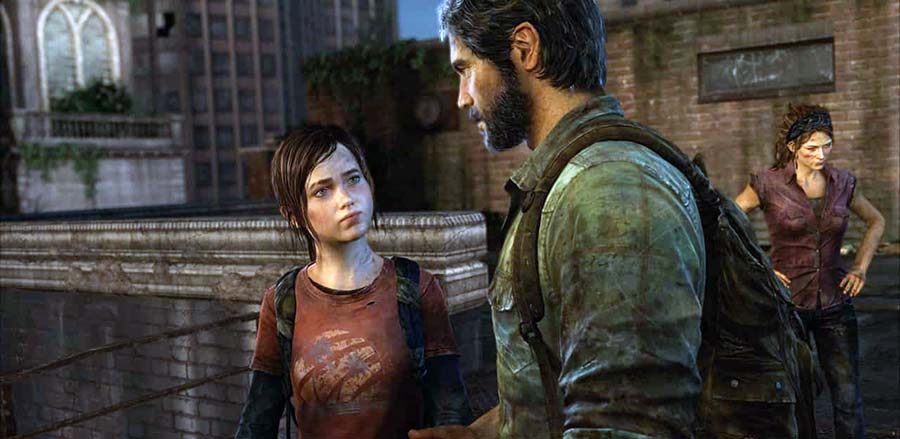
And we know where this resistance comes from. Joel has never gotten over the loss of his daughter, even 20 years after her death. But accompany Ellie he does and over the course of the game, the two make their way to the Firefly hospital in Salt Lake City where Ellie and her immunity can be examined.
Over the course of the journey, the two become ever closer. Their bond is strengthed after Joel reverses an earlier decision to leave Ellie with his brother Tommy, who he feels should take her the rest of the way to the Firefly hospital. Ellie’s initial response is to run away (revealing her own ghost), but she is later rescued by Joel and the relationship between the two becomes tighter than ever. By this point, Ellie has become Joel’s surrogate daughter.
When the pair get to the Firefly hospital, Joel is informed that to have a hope of producing a vaccine, Ellie must undergo a surgical procedure that will cost her life. Joel is unwilling to Ellie die. He/you kills the lead surgeon and Firefly leader Marlene as he carries an unconscious Ellie away from the hospital.
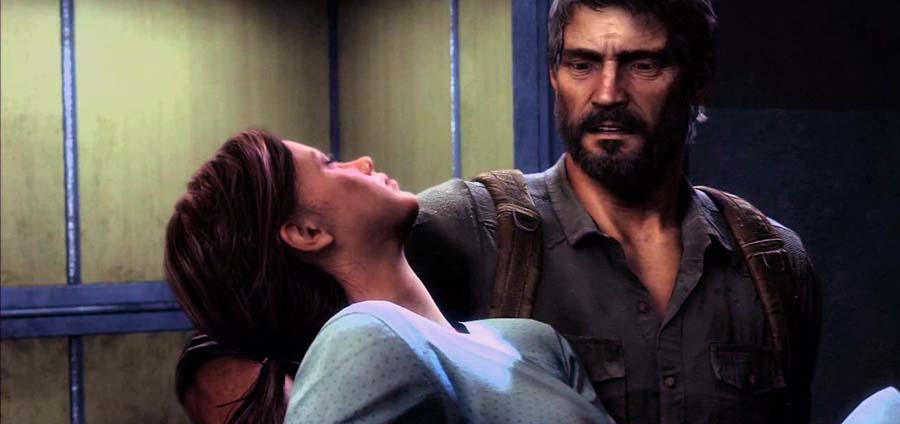
The ending of the game is fantastic, and a big reason for that is Joel’s ghost. Because we have so vividly experienced losing Sarah as she died in Joel’s arms, we know there is no way he will accept losing another daughter.
And this is the great thing about video games as a storytelling medium when used to good effect. You have agency and actively live through the character’s story. We have lived Joel’s ghost so we understand what it means for his to bond with Ellie. We feel what he feels when he makes the decision to take Ellie from the hospital…whether we agree with is another matter.
How to create your protagonist’s ghost:
1) Define the trauma that your character has gone through prior to the present day events of the story. What is the internal scar that has not healed?
2) How does the ghost fit into the theme of your story? The Last of Us has themes of parenting and protecting your child, and Joel’s ghost ties directly into that narrative.
3) The protagonist’s ghost doesn’t need to be as dramatic as what we see in The last of Us. It needs to fit your story’s themes and shape the lie that the character believes about themselves or the world around them.
4) How are you going to reveal the ghost? You don’t necessarily need to show it in the same way as in The Last of Us. It could be a flashback, it could be something that spills out unexpectedly during the story.
Let us know what you think of The Last of Us’ us of the protagonist’s ghost in your story, and the ways you have used it in your stories.
You can listen and subscribe to Story x Story to catch all our deep dives into stories across pop culture plus interviews with great guests across industries.

